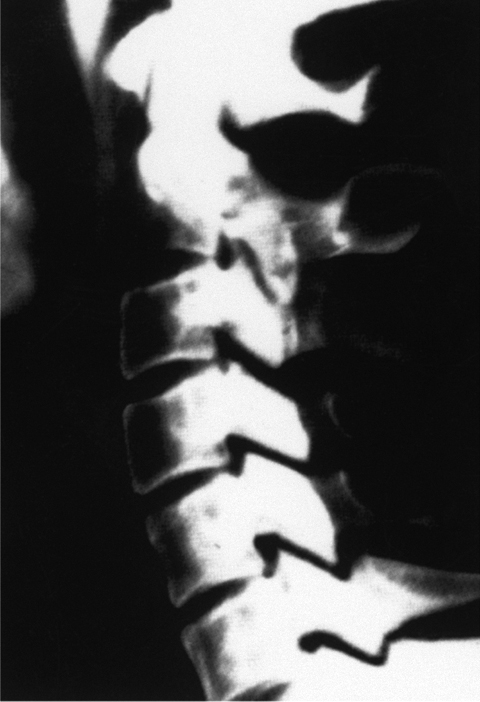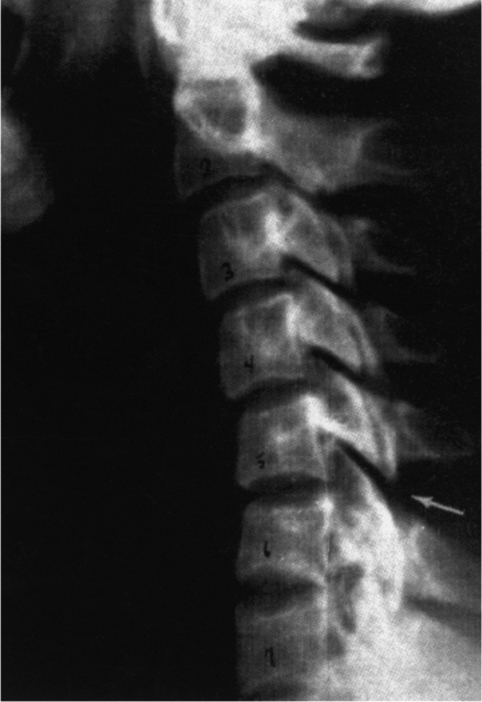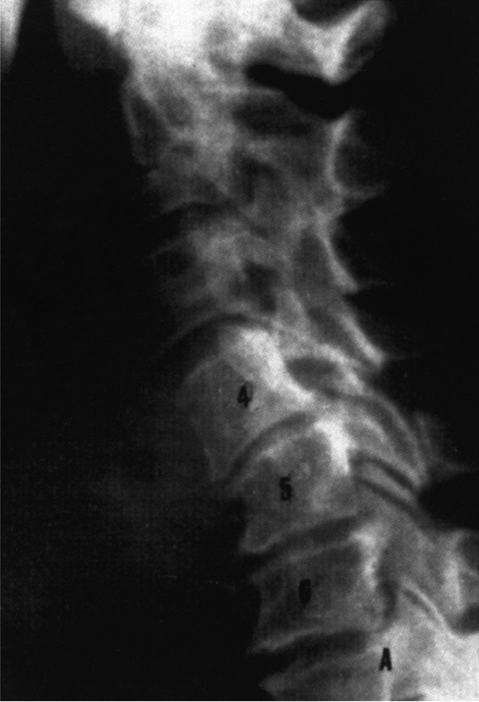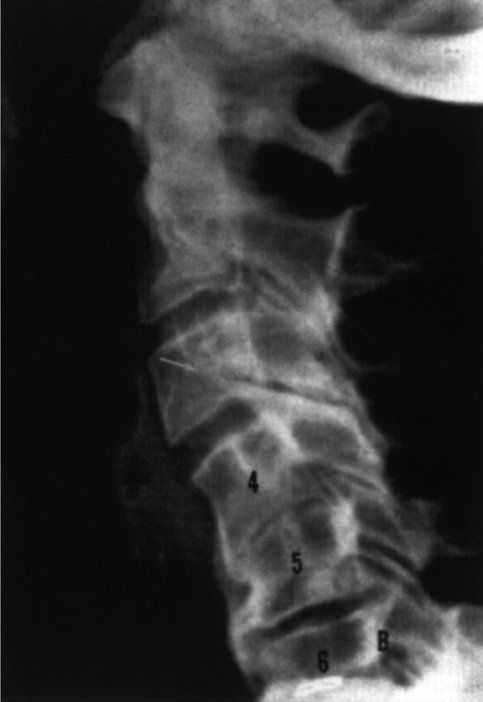Phases of Spinal Degeneration
Spinal misalignments are a normal part of life, regardless of how active or inactive you are.

While injuries and traumas can bring about misalignments, so can everyday things like sitting at a computer, staring at a phone, or watching television. Anything that changes the shape or curve of your spine for an extended period of time is called a repetitive trauma, and over time, it can have the same effect as a severe car accident or another injury. If your spine is in misalignment for a long period of time, you will experience poor spinal health and your spine can enter into the various phases of spinal degeneration. This can result in more severe neurological miscommunications and related health problems. The sooner you begin chiropractic care and improve your spinal health, the better off you will be both short- and long-term.
Spinal Degeneration
Phase I
The first phase of spinal degeneration is characterized by changes in spacing between the spinal discs. There are usually no obvious symptoms of phase I, and it usually isn’t painful. Phase I degeneration, if not corrected, will eventually lead to more degeneration and more health problems.

Spinal Degeneration
Phase II
Phase II of spinal degeneration introduces stiffness and aches and pains in the spine as the space between the discs decreases further. Most people do not attribute their discomfort to spinal degeneration, but a lack of range of motion may tip them off that something is amiss with their spinal health. If an individual with phase II degeneration seeks chiropractic care, they may never recover full range of motion, but many symptoms of the degeneration can be reversed and most body functions can be restored.

Spinal Degeneration
Phase III
Phase III brings about abnormal curvature, fusing of some vertebrae, and possible permanent damage. Chiropractic care can still be incredibly beneficial as it can slow down the degeneration and remove some of the problems you’ve been having due to poor spinal health.

Spinal Degeneration
Phase IV
The last phase of spinal degeneration brings about more significant effects to an individual’s quality of life. Extremely limited range of motion, more pain and discomfort, and significant stiffness are usually associated with phase IV of spinal degeneration. Permanent damage to the spine is in effect by now, but even still, a Lithia chiropractor can still improve spinal health and relieve pain, improve the function of the body, and increase nervous system function.

Schedule a Consultation Today
If you are experiencing pain, stiffness, decreased range of motion, or other back discomfort, get in touch with Lithia chiropractor Drs. Anthony and Carissa at At Last Chiropractic. Our staff will assess your spinal health and do whatever we can to get you back on the road to health and wellness.
